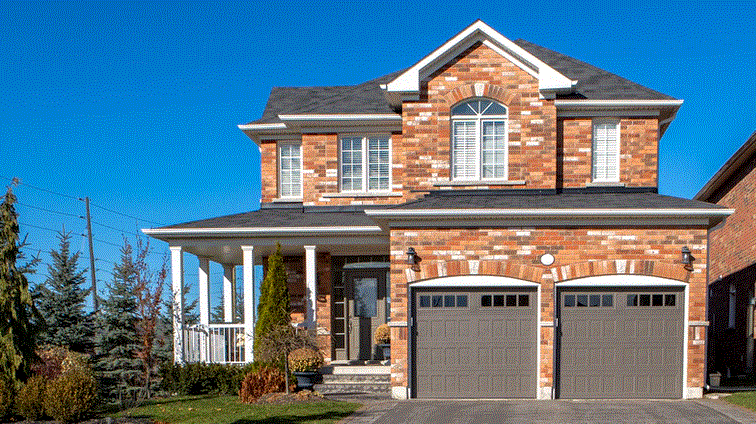PHILADELPHIA - Sometimes, a landlord can charge the tenant for carpet replacement. These expenses are related to the condition of the carpet. Ripped or torn carpets can pose health hazards. Before you move in, document any potential issues. Otherwise, you may have to pay for the whole replacement.
Can A Landlord Charge A Tenant For Carpet Replacement?
It's difficult for landlords to charge tenants for carpet replacement if the carpet is new and still has some useful life left. However, it is possible to deduct some of the costs of new carpets if the carpet has been used for a few years. This is because the cost of a new carpet is less than the remaining life of the carpet.
In addition to the cost of new carpets, landlords can charge for carpet cleaning. However, these costs can only be deducted from a security deposit, so the landlord must explain to the tenant why they need to deduct this money. Reliable wear and tear include matting, stains, and impressions from the furniture. In addition, the carpet may have sustained damage due to cigarette burns or other mishaps.
It is important to note that the landlord must have photographs of the apartment before the tenant moves in. They can use these images to blame the renter. However, if the renter has a reasonable request, he or she can refuse to pay for the replacement. Wear and tear is a normal part of owning a property, but the landlord must ensure that the carpet is in proper condition.
Expenses Of Carpet Replacement
The costs of carpet replacement can be tax deductible for landlords. Landlords can deduct these expenses if the carpet is brand-new or has been used for only a few years. If the carpet is older, they can deduct only the portion of the cost that reflects the remaining useful life of the carpet. Landlords should seek legal advice if they have questions about carpet deductibility.
Using a calculator, a landlord can determine the total cost of replacing the carpet. A carpet replacement will typically cost about $1400. The landlord will calculate the costs based on how many years the carpet has been in use and how much it has worn down. In most cases, a tenant must pay for a prorated portion of the replacement costs, which means a tenant should pay at least 40 percent of the cost.
The cost of carpet replacement depends on the type and level of damage to the carpet. Damage may be categorized as normal wear and tear or a more significant cause, such as an accident. The carpet will lose its value over time. This period is called the depreciation period.
Health Hazards Of Ripped Or Torn Carpets
Ripped or torn carpeting in a home can pose a number of health hazards. Ripped carpeting can lead to slips and falls and expose older adults to life-threatening injuries. Additionally, torn carpeting can be moldy and unsanitary, which is why it is important for landlords to deal with it properly.
A ripped or torn carpet is an accident waiting to happen. It can be hard to spot a torn area walking around it. Even if you don't notice the torn area, you could get caught in it and fall. This can cause serious injury, including broken bones. When this happens, you need to call an experienced Indiana slip-and-fall lawyer right away.
Dirty carpets can also harbor dust mites and other allergens. This can trigger asthma and other respiratory issues. If the carpet is old, mold spores can collect and build up in the area.
Documenting Potential Issues Before Moving-in
Before a tenant moves into a new rental property, they should complete a move-in checklist. This checklist will help the landlord and tenant document any problems and damages. The checklist should also note any issues present before the tenant moved in, as this can reduce disputes over security deposits.
Documenting any possible issues before moving into a new unit is crucial to prevent any problems during your lease. Photos and written documentation can help you find problems that may have been left unrecognized before you moved in. This documentation can help you identify whether the tenant made any unauthorized changes by the landlord or management company.
Video recording the walk-through is a good idea for a few reasons. First, it can help prove that the new tenant caused damages to the property, and second, it will help the landlord and tenant avoid any future disputes over the security deposit.




